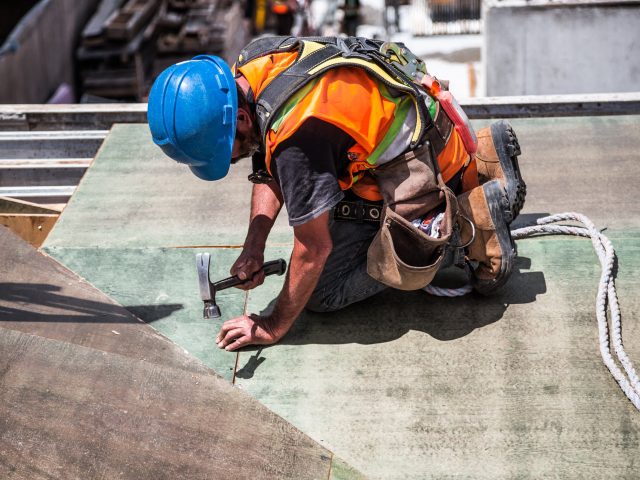
Embracing a Culture of Safety
When tragedy strikes in the workplace, is it enough for governments to enact legislation and policies to discourage further injuries and fatalities or is a wider cultural change what’s really needed?
Both are important, according to occupational health and safety experts and it’s the culture part that can be the hardest. A recent CBC report reflects on the decade since a swing stage being used for repairs to a Toronto high-rise collapsed killing four construction workers, injuring a fifth worker and traumatizing a sixth. What has changed in the ten years since that awful day, and what still needs to happen to make sure accidents like that don’t occur again?
According to Val Ratsch-Mazza, an OHS consultant who is writing her PhD thesis on changing the culture of construction sites, the tragedy prompted some real change. There are now stiffer penalties for employers who violate the Occupational Health and Safety Act and there is better training for workers.
Still, falls and other serious injuries continue to devastate workers and their families. In 2018, 15 workers were killed in construction site falls in Ontario, more than double the number in 2017.
So what must change? Ratsch-Mazza says that encouraging workers to speak up at worksites is key. New and young workers often lack the experience and training to be safe and the confidence to ask the questions they need answers to or refuse work that feels unsafe.
Migrant workers may have language barriers and hesitate to speak up because of their vulnerable position. And as we’ve discussed on the blog before, the allure of working for cash under the table also complicates matters.
Indeed, inexperienced workers bear much of the brunt of workplace injury. As noted by provincial OHS coordinator Vince Iacolino in a recent report, “45% (29 out of 64) of the [fall-related] fatalities [between 2009 and 2016] occurred with workers who had been in their role for less than one year… out of those 29, 14 occurred within the first month.”
And soon, there will be more young and inexperienced workers than ever, as over the next decade “an estimated 87,300 workers will retire, or nearly 20 percent of the overall Ontario construction workforce.”
All Ontario workers, old or young, male or female, citizen or migrant worker, have the right to a safe workplace. Now more than ever, employers and government must work harder to create a culture of safety for all workers.
As Iacolino notes, “We need to not only teach them how to be a good tradesperson and show them the ‘tricks of the trade’ but to understand that health and safety is the most important component of their trade. More so than anything else.”
